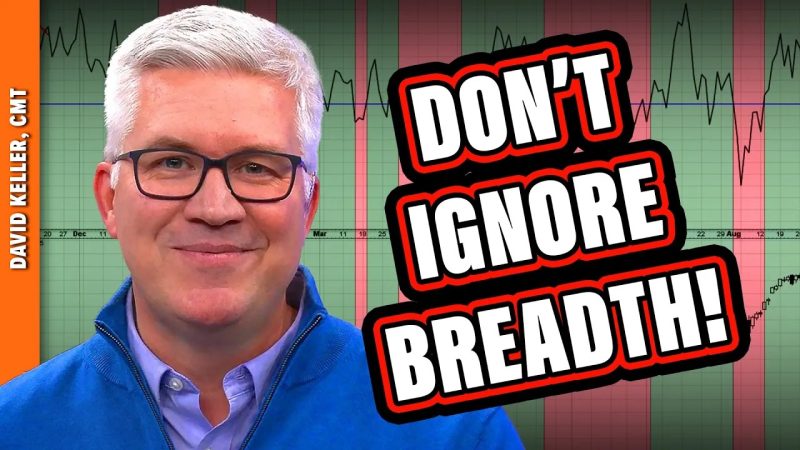Breadth indicators are essential tools in technical analysis that help traders gain insights into the overall market sentiment and direction. By analyzing the market breadth, traders can better assess the strength and breadth of a market move or trend. In this article, we will explore the top five breadth indicators that traders can’t afford to ignore in their trading decisions.
1. Advance-Decline Line (A/D Line): The Advance-Decline Line is a popular breadth indicator that measures the number of advancing stocks minus the number of declining stocks on a particular exchange. By tracking the A/D Line, traders can gauge the overall health of the market. A rising A/D Line indicates that more stocks are advancing than declining, signaling a strong market trend, while a declining A/D Line suggests potential weakness in the market.
2. New Highs-Lows Index: The New Highs-Lows Index compares the number of stocks hitting new highs versus new lows over a specific period. This breadth indicator helps traders identify stocks that are breaking out to new highs or lows, providing valuable information about market momentum. A strong market typically sees an increase in new highs compared to new lows, signaling bullish sentiment, while a high number of new lows may indicate bearish pressure in the market.
3. McClellan Oscillator: The McClellan Oscillator is a breadth indicator that measures the difference between the 19-day and 39-day exponential moving averages of advancing and declining issues. This indicator oscillates around zero and helps traders identify overbought or oversold conditions in the market. A positive McClellan Oscillator indicates bullish market breadth, while a negative reading suggests bearish sentiment.
4. Bullish Percent Index (BPI): The Bullish Percent Index measures the percentage of stocks in a particular index that are trading on a point-and-figure buy signal. This breadth indicator helps traders assess the overall strength of a market by indicating the percentage of stocks in bullish mode. A high BPI reading suggests a strong market, while a low BPI reading may signal potential weakness in the market.
5. Put-Call Ratio: The Put-Call Ratio is a breadth indicator that compares the volume of put options to call options traded on a particular exchange. A high Put-Call Ratio indicates bearish sentiment, as investors are purchasing more put options for downside protection. Conversely, a low Put-Call Ratio suggests bullish sentiment, as investors are buying more call options to bet on rising prices.
In conclusion, breadth indicators play a crucial role in helping traders analyze market sentiment and make informed trading decisions. By paying attention to these top five breadth indicators, traders can gain valuable insights into market breadth, strength, and direction, enabling them to navigate the markets more effectively and improve their trading performance.

